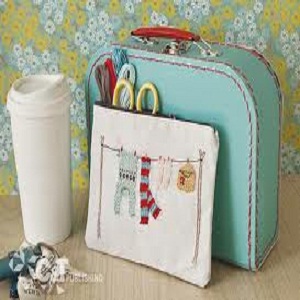How to Decide a Price for Your Handmade Products
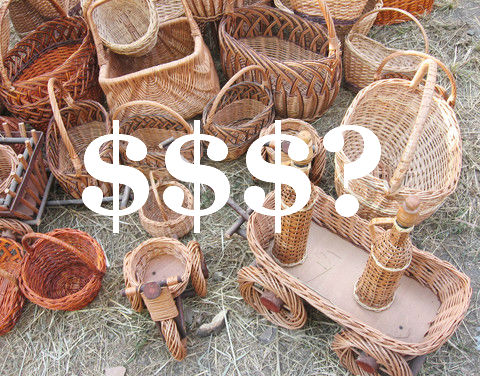
Pricing your own handmade product can be a tricky job. while you do have an idea of the costs, you are stuck on the profit part and how much you should charge. However, since handmade products are work of art and require attention to detail which directly takes a lot of time. You have to charge for this spent time and for the skill in your hands and for the brains you have been bestowed with.
You have to value your own work and only then will others do that. Our step by step guide has listed down the basics you need to know about pricing leaving the rest to your intuitions and common sense.
Instructions
-
1
The cost of material:
It is simply the raw material yo needed to make this object. It could be the price of fabric, needles, lace etc. If you buy materials on a lower price, your price will automatically be lower giving you an edge over the competitors. Or you can decide to cash on the profits by not lowering the price and keeping the saved money.
-
2
Your labor:
Rate yourself as a labor. Make an estimate of how much you will get hourly if you work for some one. Or how much will you pay someone yourself to do this work? When you decide on an amount say 20$, and the chinaware you made took two hours, 40$ will be the labor cost added to the price. If you are hiring help, of course their wages will also be represented in the final equation.
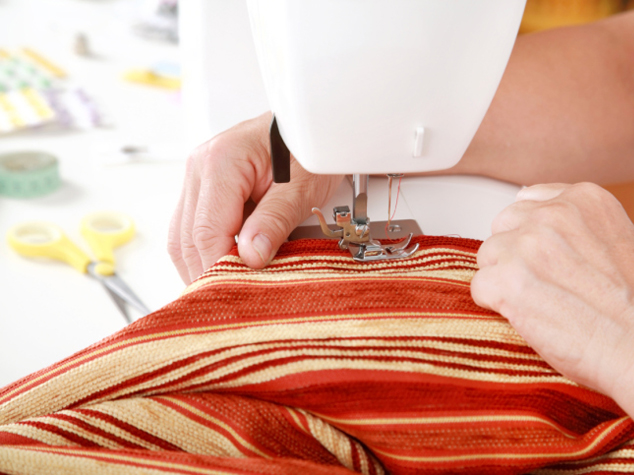
-
3
Overhead and hidden costs:
These costs include the indirect costs of a product. They may include the rent of the floor space, the electricity used, the travel expense to buy a raw material, internet usage etc. Note it all down. Of course costs like rent and electricity have to be divided over several objects.
-
4
Profit:
This is your profit as the entrepreneur, for being daring enough to start a business and being skilled for it. The labor charges were for your work and time. This is for your idea and vision. Compare the prices with other competitors and this will let you know the price you can charge varying the profit. Initially you might want to cut out on the profit so that prices are low to win a customer base.
-
5
Taxes:
On a small scale taxes might not be a problem. But as you grow they will make a significant portion of your expense. Account for this in your price and keep receipts for everything.

-
6
Make the equation:
Now the equation is going to be:
Price = Cost of material + labor+overhead +taxes + intended profit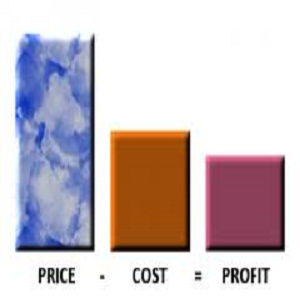
-
7
Wholesale or retail:
If you are selling to a shop, the above equation should give you the price to sell as you are being the wholesaler. However, if you selling directly to the customer, you are also performing the duties of the retailer and the prices need to be almost doubled roughly. Remember the shop will also price your product like that to get its profit. Now you are also incurring the cost of marketing and storage etc associated with selling a product.
-
8
The type of product and customer:
Decide the social status of your target customer. If they belong to the upper segment, you can afford to charge outrageously high if your product is worth that. If the customer base is sensitive to price changes, keep the prices at par with competitors or even charge lower to win customers. The location of your outlet also decides the type of customers and the price you can charge them. Think smart!!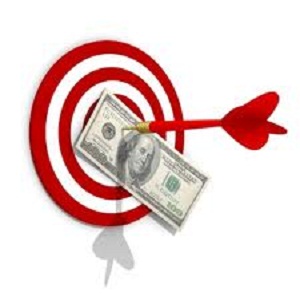
-
9
Your product is worth it - dont sell cheap:
Do not sell your product cheap or less then competition to earn customers. A low price gives negative impact on the product quality in customer perception. Initially while setting up a new business you might have to do it to win a customer base but when you establish yourself price your products right. You have to realize that these are unique handmade products requiring skills and attention and are not made on any assembly line. You are not Walmart. You are an artist who is charging for her brains and effort. You can also offer sales once in a while to clear out old stuff.